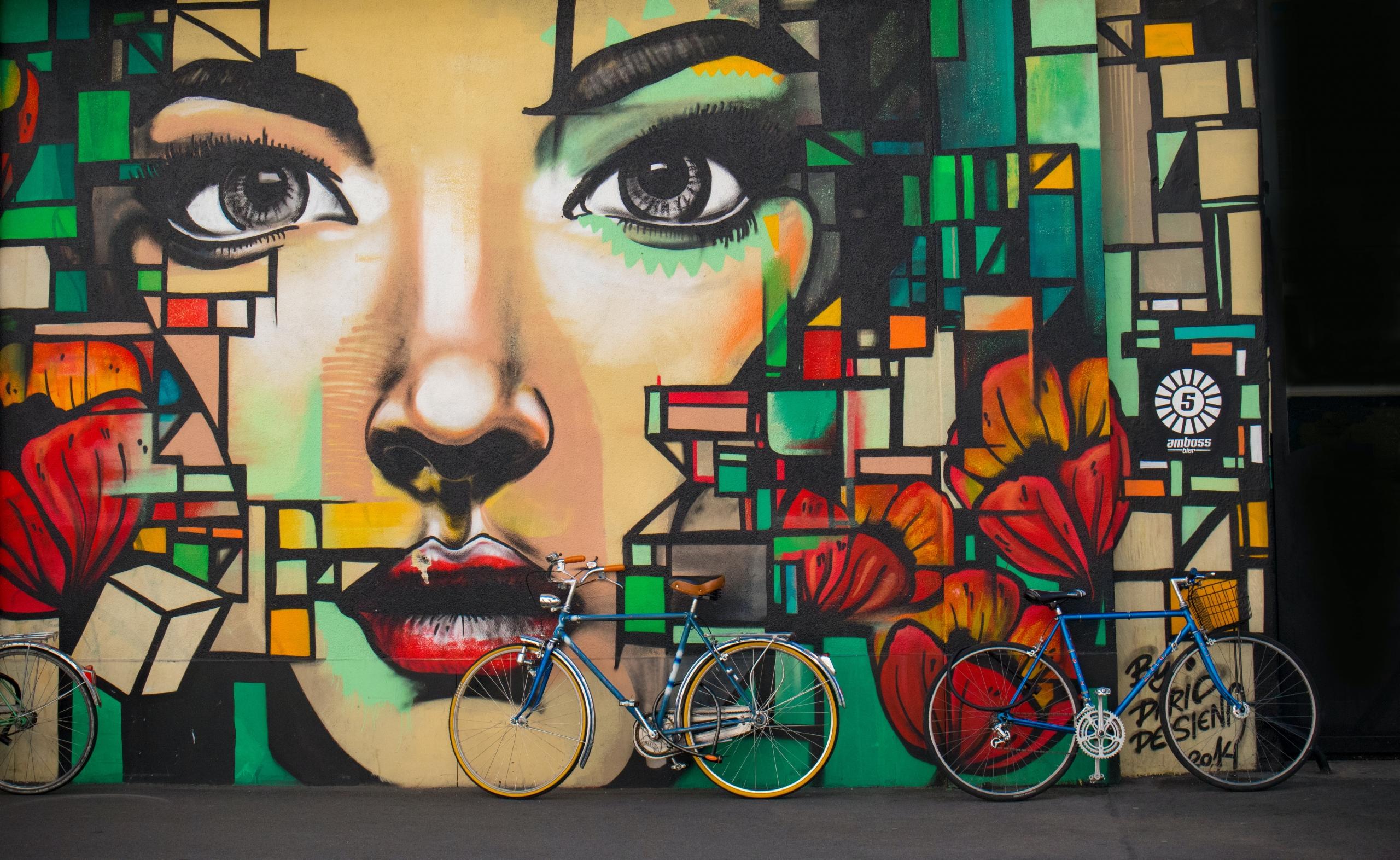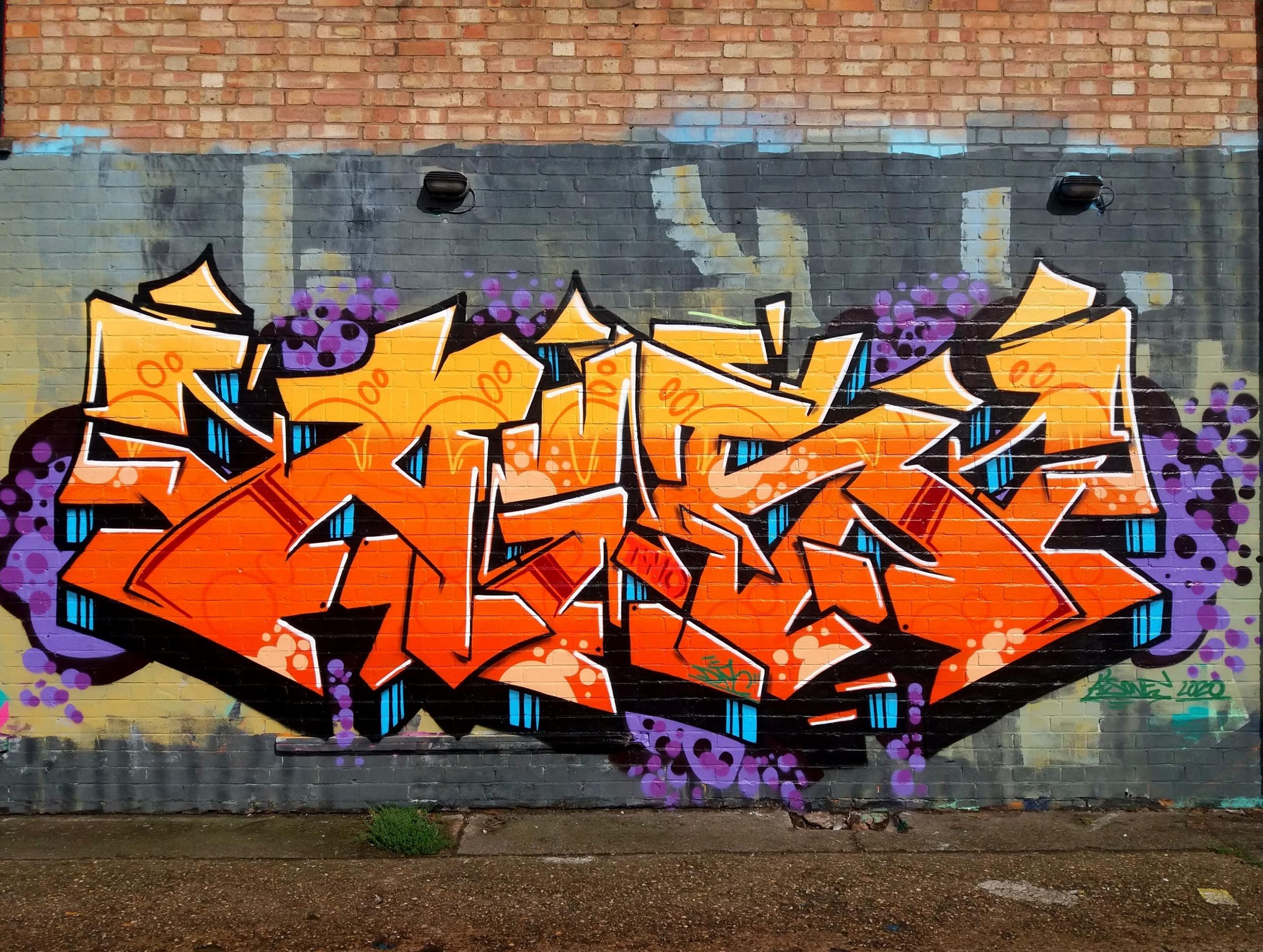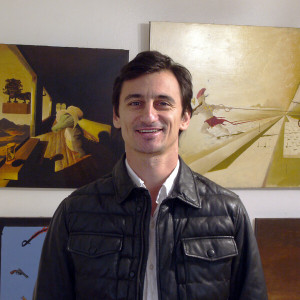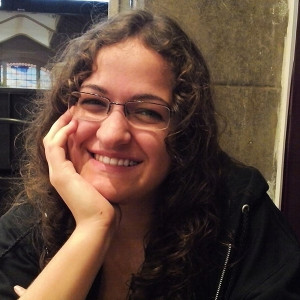
If you believe graffiti is a recent concept, think again! The earliest illustrations date back to the Paleolithic era, popularly known as the Stone Age.
Afterward, the ancient Greeks and Romans wrote protest poetry and their names on different buildings.
Contemporary graffiti appeared in the 1960s in Philadelphia and later in New York City. From then on, graffiti as an art form took off!
People started writing their tags or names on different structures throughout the city, including buildings, subways or walls, etc.
In the mid-seventies, graffiti was so famous that almost all subway trains were covered in paintings or drawings known as "masterpieces."
Want to know more about graffiti history? If so, then read on!

What Is Graffiti?

Graffiti is illicit paintings, illustrations, etchings, graphics, and writings on the street walls or other structures in the public space.
It usually incorporates images, large-scale murals, or written words that graffiti artists draw or paint using different mediums such as spray paints, stencils, markers, and other tools.
The artists mainly draw their artworks in public spaces, often unlawfully, on billboards, subway trains, boxcars, walls, and buildings.
When tagging (the act of making graffiti art on somebody's property without any permission), most artists use tags or monikers to remain anonymous when marking their works.
Contemporary graffiti by modern artists such as Banksy and others have commercialized graffiti as an art form.
However, tagging private or government property without consent is vandalism in most places and comes with severe legal repercussions.
Most music historians, enthusiasts, and hip-hop artists consider graffiti art an integral part of hip-hop and rapping (MCing), DJing, and breakdancing.
However, other artists have seriously questioned the inclusion of graffiti in hip-hop culture.
A Brief Graffiti History
Though graffiti as art emerged in the early 1970s, it has been present since immemorial times. Confused? Read on to understand more.
Ancient Origins
Graffiti is long used as an effective mode of communication and expression by people. For example, sex workers of ancient Greece used drawings and scratches in public properties to promote their services.
In addition to that, ancient Romans used to carve images and illustrations into different monuments to scoff Christianity.
Cornbread Era
The actual birth of graffiti or the 'modern graffiti' emerged with Cornbread.
This contemporary graffiti era began when a twelve-year-old kid named Darryl McCray started to paint his tagging name 'Cornbread' on Philadelphia's walls, especially "Youth Development Center" – a juvenile correctional facility.
When Cornbread was released, he took this art to every Philadelphia street, tagging walls and surfaces with his pals.
With his impeccable street art, he became a popular figure not only in the US but all over the world.
Taki 183
There's a reason why the 1960s and 70s are called the era of modern graffiti.
Along with Cornbread, another teenager named Demetrius, popularly known as TAKI 183, became the leader of the graffiti movement in New York City (NYC).
This Greek-American artist was famous for tagging fire hydrants, lampposts, and subway trains with his tag 'TAKI 183'. He coined this name by merging the address where he was born and his nickname.
A New Movement Emerges
Thanks to Cornbread and TAKI 183, street art inspired many youngsters in NYC, Philadelphia, and other parts of the US.
Slowly, more and more people started tagging their names on various public properties, showcasing their art, and making a name.
Most of the graffiti made in this era were some of the best artworks ever, experimenting with various painting tools, writing styles, and motions.
Political Response
Graffiti as street art has a contentious history, primarily with property owners and politicians who view it as nothing more than sheer vandalism.
For instance, graffiti was removed and cleaned immediately from various public spaces; in other regions, they conserve and protect particular public artworks.
Nevertheless, the controversy remained and still revolves around what exactly constitutes art! For some, it's pure art and a way to express; for others, it's pure vandalism!

Different Types Of Graffiti

Here are a few different types of graffiti art:
Tags
Tagging is arguably the simplest and easiest graffiti style. This includes the artist's identifier or name and signature color.
Primarily, this style is used for notoriety and fame. And the main aim is to publicize their group (crew) name or their moniker on signs, buildings, walls, etc.
They gain more recognition and fame if they tag more buildings, or their tag is harder to remove. Even though it's one of the simplest graffiti arts, it delivers a strong message to the public and the authorities.
Also, no artist will tag their name over other graffiti artists' work or tag as it's considered disrespectful.
Bomb Or Throw Up
Also known as a 'throwie,' throw-up is another graffiti art form between the bomb and a tag.
This is typically painted with simple letter outlines and filled with colors. Primarily, these letters are shaped as bubbles as they are easy to color and draw.
Letters
Letters graffiti can be of various styles. Here are a few of them:
- Wildstyle: Wildstyle is one of the oldest styles in letter form. It's a variant of a throwie and is typically difficult to read and comprehend. This style often includes spikes, curves, arrows, and numerous other things, which non-graffiti artists may not understand
- Blockbuster: Another form of letter-style graffiti is blockbuster. They are blocky letters and are employed to cover a larger room within a short time. They can be sketched or painted using rollers
- Bubbles: Within this form, letters are circular, round, and overlapping, making a picture that appears to be expanding and bubbling up. This graffiti art is done in multiple colors to create contrast
- Sharp: Within this style, the abstract elements or letters are painted or sprayed in angular and sharp forms
Character Or Piece
Popularly known as a 'masterpiece,' this art form is painted freehand. It's one of the most intricate graffiti styles where one character or piece takes days of toil and effort to finish.
It constitutes many diverse components like 3D elements, visual marks, and rich colors. This is done mainly through experienced writers.
Six Famous Contemporary Graffiti Artists
Although graffiti existed from old times, it rose to prominence in the US in the 1960s.
Darryl McCray, famously known as 'Cornbread,' started the contemporary graffiti movement – also called hip-hop graffiti – by writing on the street walls of Philadelphia.
This movement spread to other parts of the US, including New York, and reached Europe by the late 1980s because of Cornbread. This is why he is often called the "father of modern-day graffiti."
Today, graffiti art is increasingly popular. In addition to that, some famous worldwide artists are also street artists.
Despite that, government authorities view graffiti as vandalism, and numerous artists prefer anonymity to avoid arrest.
Nevertheless, this street art continues to influence hundreds and thousands in the world, including the US, and here are six famous graffiti artists:
Lee Quiñones
None other than Lee Quinones initiated the famous 'NYC Subway' graffiti movement of the 1970s and 1980s.
This street-art movement not only garnered local and countrywide attention but also impacted the rest of the world. The purpose of the campaign was to 'recognize graffiti as one of the art forms.'
Considered as one of the most influential artists of the 1970s, Quinones started creating graffiti on various subways trains and within no time gained fame and became a legend in the field.
His graffiti often had a poetic touch that distinguished it from the others.
He created many esteemed graffiti pieces; however, most of his best artwork is lost. Moreover, he was one of the few street artists who moved to canvas-based paintings from graffiti.
Today, Lee Quinones is a well-established artist with various famous paintings to his name.
BLU
BLU is a pseudonym of the famous Italian street artist who hides his true identity. He rose to fame in 1999 when he painted various illicit graffiti on numerous buildings, especially Bologna's famous and historical center.
After using spray paint – the conventional graffiti medium – in his early artwork, he shifted to using housepaint to draw much bigger murals, delivering a powerful message to everyone through his works.
He was firmly against the contemporary tendency of keeping art elitist, expensive and unreachable.
His works often convey essential social and political messages, such as his various murals against capitalism, globalization, and human rights protection.
Overall, Blu is amongst the most active street artists, and his graffiti art stretches across the world.
Blek Le Rat
Famously called 'the father of stencil graffiti,' Blek le rat – a French artist – made his way into the art of graffiti when he painted rats images all across Paris.
As per Blek, rats represented urban environments and marginalized classes.
His artwork spread into the town and all over Paris like an epidemic. He was put behind bars due to his 1991 street paintings.
Blek was one of the most famous and influential graffiti artists, inspiring many in the US and worldwide.
Banksy
The anonymous and increasingly popular street graffiti artist Banksy introduced guerilla-style art with his subversive and satirical stencil art.
Most of his artworks focus on political and social activism.
His anonymity allowed him to create graffiti with utmost honesty and morality while depriving the dark-humored artistic interpretation of ego; this leaves the audience to emphasize the artwork only.
Jean-Michel Basquiat
Jean-Michel Basquiat is another famous graffiti artist who emerged in the 1970s. Working with several other graffiti artists of Bronx and Harlem, Basquiat began with short spray-painted messages.
With time, he shifted to canvas paintings like most other graffiti artists. However, most of these paintings depicted historical and religious imagery.
In addition to that, he collaborated with various other famous graffiti artists such as Keith Haring and Andy Warhol.
Shepard Fairey
Unlike many, Shepard Fairey employed a different mode for graffiti works: stickers. This modern street artist's sticker campaign presented numerous images.
However, the most famous one was of "Andre the Giant," a silk-screened picture with the word 'Obey' printed underneath it.
Most of his artwork forced people to question everything they saw and pay close attention to the surroundings.
Take Graffiti Lessons With A Private Tutor
Do you want to learn graffiti art? Are you seeking a credible and experienced graffiti tutor in your hometown?
If so, your search stops with Superprof – the best online and in-person tutoring platform in the US and the world.
They have a range of professional graffiti instructors that are ready to teach you this unique art form.
The best thing about Superprof private tutoring lessons is that you'll have one-on-one attention, which is essential if you want to learn quickly and in a proper way.
Moreover, your tutor will pinpoint any mistake you make so that you can address it on time and paint perfectly. With Superprof graffiti tutors, learning becomes easier and a lot more fun.
Before choosing your favorite graffiti tutor, look through different profiles, their qualifications, experiences, certificates, and reviews left by previous students.
This will help you make the right decision and choose a tutor that best meets your requirements.
Why wait anymore? Learn graffiti art with Superprof's private tutor!
















